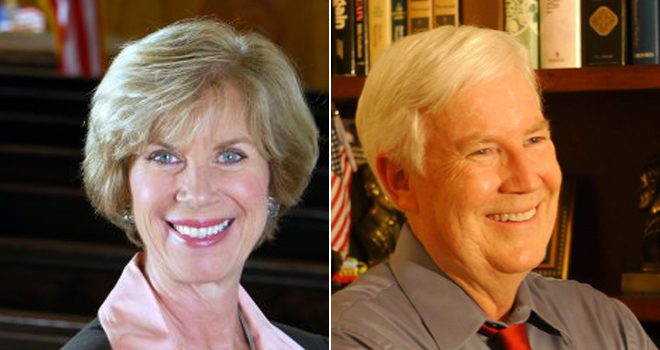The runoff field is now set for the CA-36 special election, where Rep. Jane Harman (D) resigned her seat, with Democratic Los Angeles City Councilwoman Janice Hahn set to face Republican businessman Craig Huey, after Democratic California Secretary of State Debra Bowen conceded the second slot to Huey Thursday night.
Huey winning the second slot is something of an upset, as the conventional wisdom had been that Hahn and Bowen would face each other in a Dem vs. Dem runoff. Then on Wednesday, with all election night ballots counted but over 9,800 absentees still outstanding, Huey had a narrow edge of 206 votes over Bowen. But with those remaining ballots being counted, Huey’s lead over Bowen increased to over 750.
The runoff will be held on July 12. The district in its current form is strongly Democratic, and has only been getting more so over the past decade: It voted 64%-36% for Barack Obama in 2008, 59%-40% for John Kerry in 2004, and 55%-37% for Al Gore in 2000.
As a key matter, this was the first race for federal office in California to be held since voters approved a major change to the electoral system. Indeed, it was widely expected that that Hahn and Bowen would advance to a runoff, making a potential “win” by Huey for second place something of an upset.
In a referendum held during last year’s primary, California’s voters approved Proposition 14, which replaced the conventional party primaries with a different system known as Top Two, which has already been in use in Washington state for the past few years. (A similar system has been used for a long time in Louisiana, sometimes called the “jungle primary,” but Washington state’s version was the model used for California — and in fact, Louisiana has scrapped the use of the jungle primary for federal races.)
Under this system, which took effect in January this year, all candidates will appear on the same ballot, with their respective party labels next to their names, and the top two voter-getters advancing to the general election. This system allows for the possibility of two Democrats or two Republicans facing off in very safe districts, which is thought to benefit more moderate candidates, though in statewide races and swing districts there will likely be one Dem vs. one GOPer.









